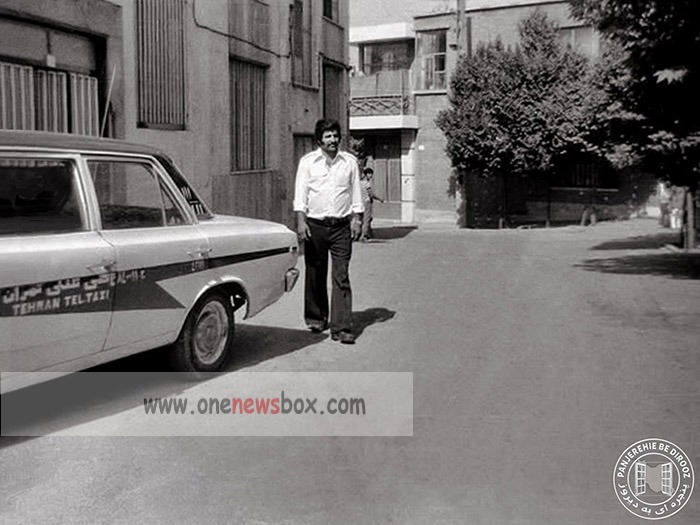Ultimately, this atmosphere produced the seeds of crisis. By the 1970s, the cultural duality had transformed into a political confrontation, and the Iranian Revolution of 1979 can be seen, at least in part, as a response to the unresolved cultural tensions of the 1950s. The story of this decade, therefore, is not merely about cultural change but about the deeper struggle over the meaning of Iranian identity in the modern world.
The history of Iran in the twentieth century is largely intertwined with the issue of modernization. From the late Qajar period to the end of the Pahlavi dynasty, modernization was the defining political and social project, pursued through various strategies but most decisively under the reigns of Reza Shah (1925–1941) and Mohammad Reza Shah (1941–1979). This modernization, however, was not the result of a gradual, dialectical interaction between tradition and modernity, nor did it emerge organically from the cultural and social fabric of Iranian society. Rather, it was imposed in an authoritarian, top-down manner, heavily dependent on oil revenues and external models.
At the same time, Iranian intellectuals, writers, and artists attempted to capture, reflect, and critique the profound social and cultural transformations taking place. Among these cultural forms, the novel stood out as a key medium for expressing the contradictions of modernization. Iranian novels of the Pahlavi era did not merely imitate Western literary traditions; they became the mirror of a society caught between its traditional roots and an authoritarian modernization project that sought to reshape it from above.
The central question of this study is: How did Iranian society narrate its experience of modernity in the context of authoritarian modernization during the Pahlavi period?

